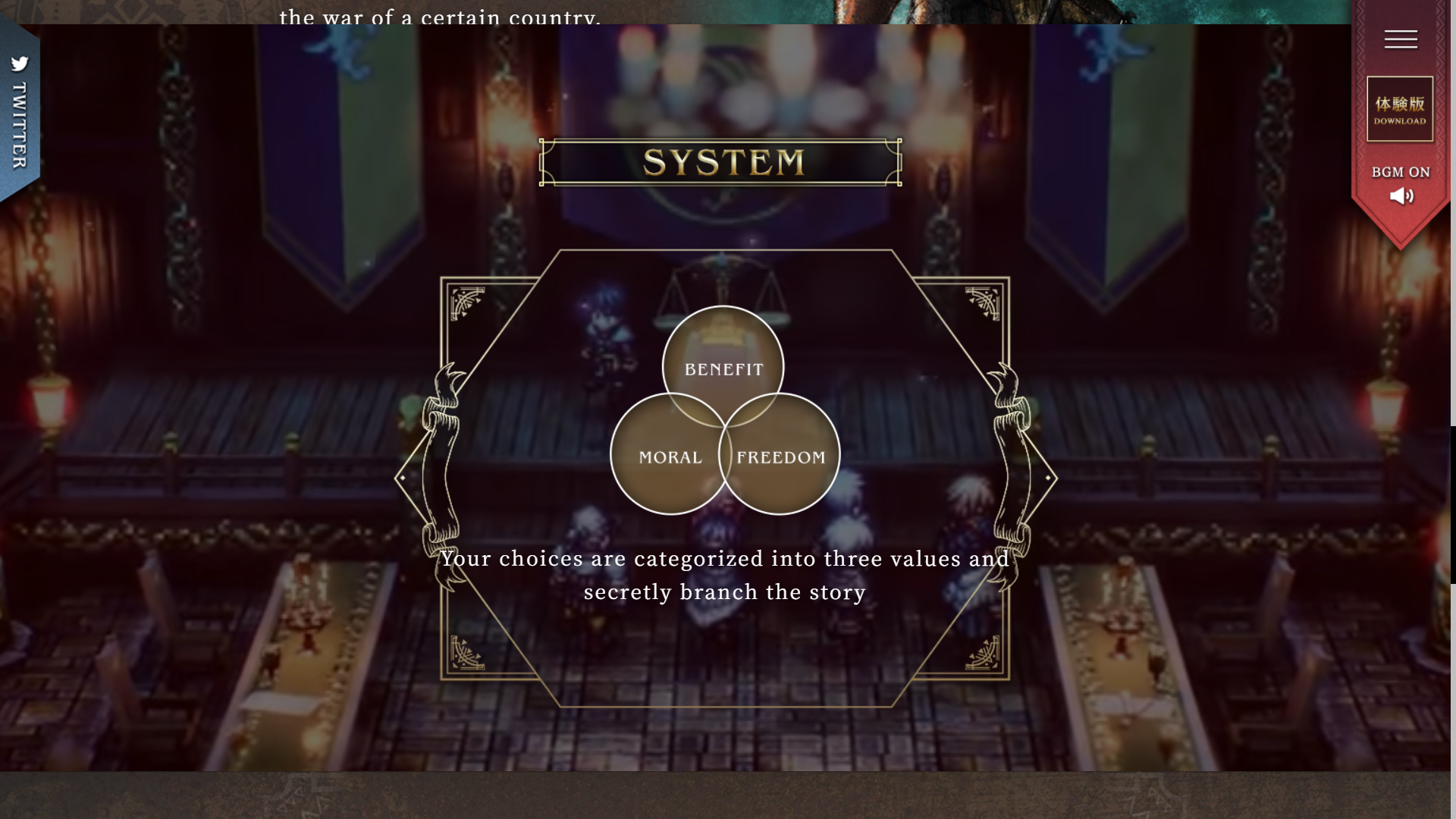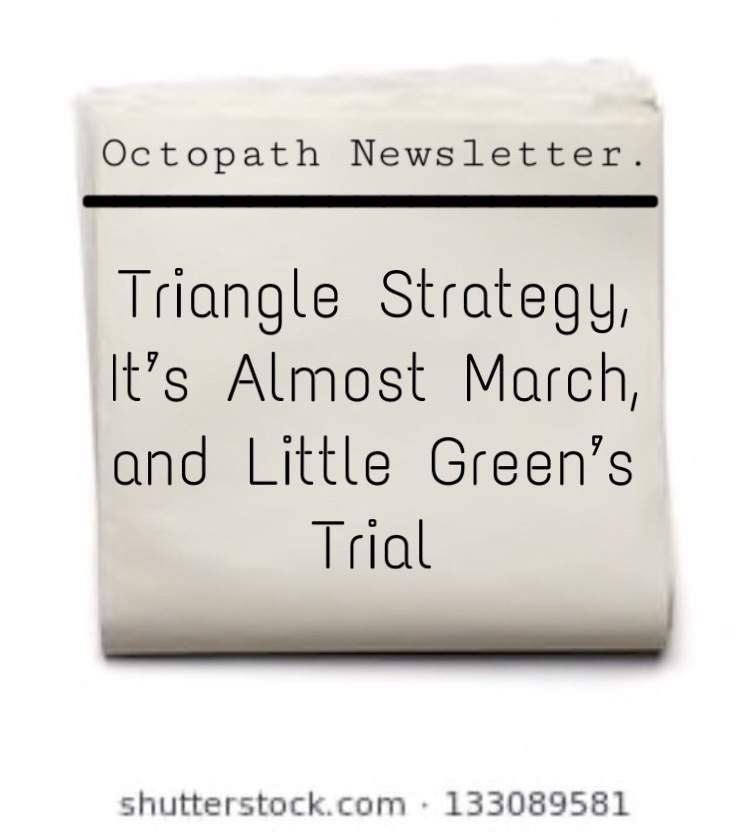

Each struggle for the resources of salt and iron they need to sustain themselves, and 30 years before the game begins, that struggle resulted in all three kingdoms being involved in the fittingly named Saltiron War. You have three kingdoms in Glenbrook, Aesfrost, and Hyzante living side by side on the continent of Nozelia in an uneasy truce. I have to admit, the premise of the game makes me laugh somewhat, because of its admittedly generic nature. Since the announcement, I’ve had the chance to spend time with the Project Triangle Strategy Debut Demo, and it looks like lightning does strike twice when it comes to Square Enix’s nostalgic reimagining of the past.


PROJECT TRIANGLE STRATEGY OCTOPATH SERIES
Using modern technologies, particle effects, and a 3D world mixed with classic 16-bit sprite work, the games of the HD-2D series are about reimagining a feeling. Whether that’s a good thing or not, it makes something like Project Triangle Strategy, via its Debut Demo, a perfect title for Square Enix’s HD-2D series.Īnnounced during last week’s Nintendo Direct, Project Triangle Strategy is attempting to do for strategy RPGs what Octopath Traveler did for the JRPG: recreate the golden era of the genre by capturing the magic of the SNES and bringing it back in a hyper-realized state that captures the fans’ imagination, not the graphics themselves. In reality, though, the genre thrives on the memories of the past, not necessarily the ideas of the present. Particularly in the Western indie space, you have games like Warframe and Banner Saga that are loving modern odes to classic titles while offering something new, and the Fire Emblem series is bigger than ever. It’s not even that those sorts of games don’t exist anymore. Turn-based strategy games always feel somewhat of a remnant of the past.


 0 kommentar(er)
0 kommentar(er)
